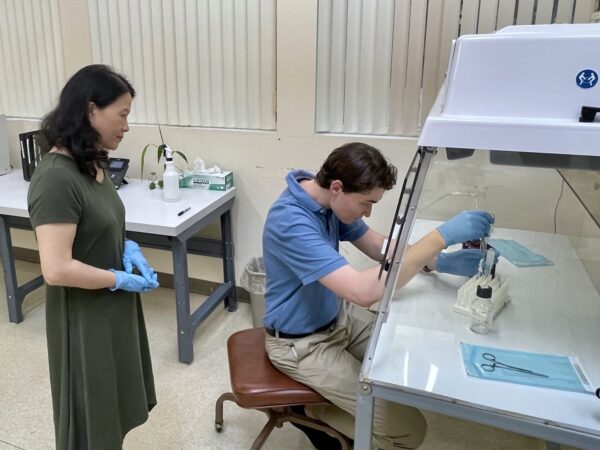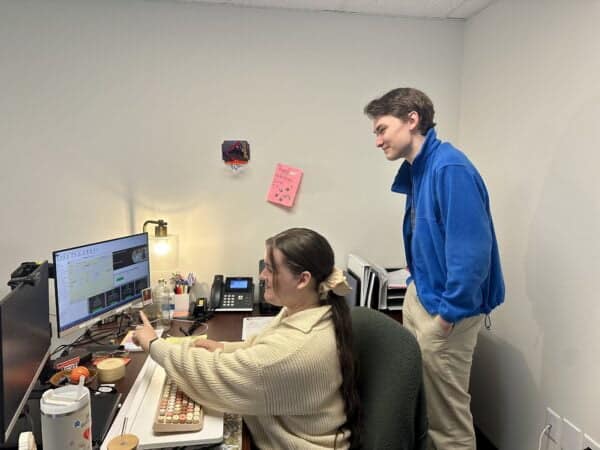By Alden May, Customer Service & Science Intern

From customer service to forklifts, and lab tests to catering, I could not have asked for a more fascinating range of experiences and skills to take with me from my internship at Andersen this summer. Among these experiences, one of my favorites was having the chance to work with Dr. Jenny Zhang on some important tests related to sterility.
One key skill I learned was ‘Aseptic technique’. The purpose of Aseptic technique is to ensure absolute cleanliness. It is used when we need to eliminate the possibility of contamination. It involves wearing sterile protective clothing and working in a sterile room with sterile equipment.
As an aspiring biologist, Aseptic technique is important for me to learn. I have three more years of college ahead of me, and I am still figuring out what my future holds, I realize that knowing how to work without contamination is crucial for any kind of microbiological work.
We used this technique for testing the sterility of endoscopes. The goal was to prove that our sterilization process could kill one million spores in the hardest-to-reach part of the scope. For endoscopes, this is a narrow biopsy channel that is just a few millimeters wide.

Normally, we would just use a standard biological indicator, but in this case, it would not be able to fit in such a small channel. Instead, we put the spores in a sterile solution and then injected that solution into the channel. The challenge then became to remove this solution without introducing any contamination. If the solution became contaminated during removal, it could falsely appear that the spores grew, and the sterilization process failed.
To prevent this, we used the Aseptic technique. We wore full-body protective gear, used sterile instruments, and worked in a sterile room as we collected the solution from the scope. This ensured that if we found any growth after putting the spores in ideal incubation conditions, we could be confident that it was the original spores, not some other contaminant.
As concerns have been rising in the field of endoscopes about combating Multi-Drug Resistant Organisms (“superbugs”), this work in sterility is meaningful and important. In the future, as Andersen looks to become a leader in endoscope reprocessing, I am grateful that this summer I could play at least a small part in this fight.
